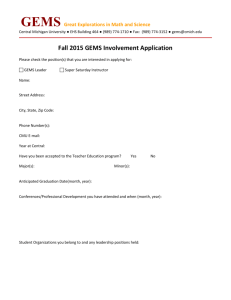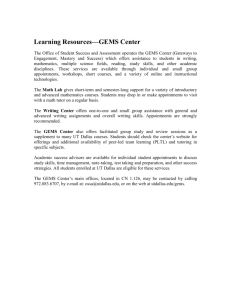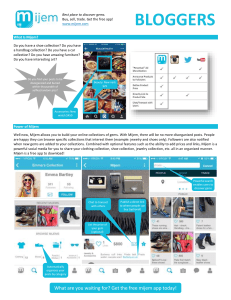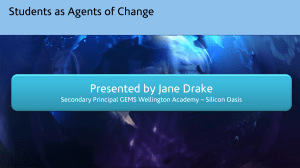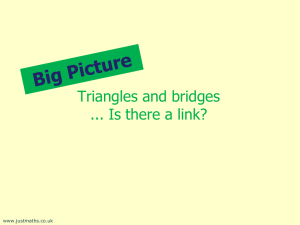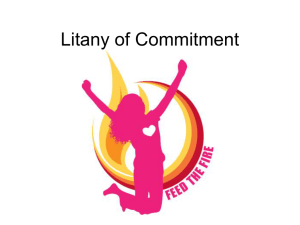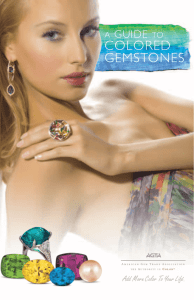cmore_GEMS_app_OSM_Sept2013
advertisement
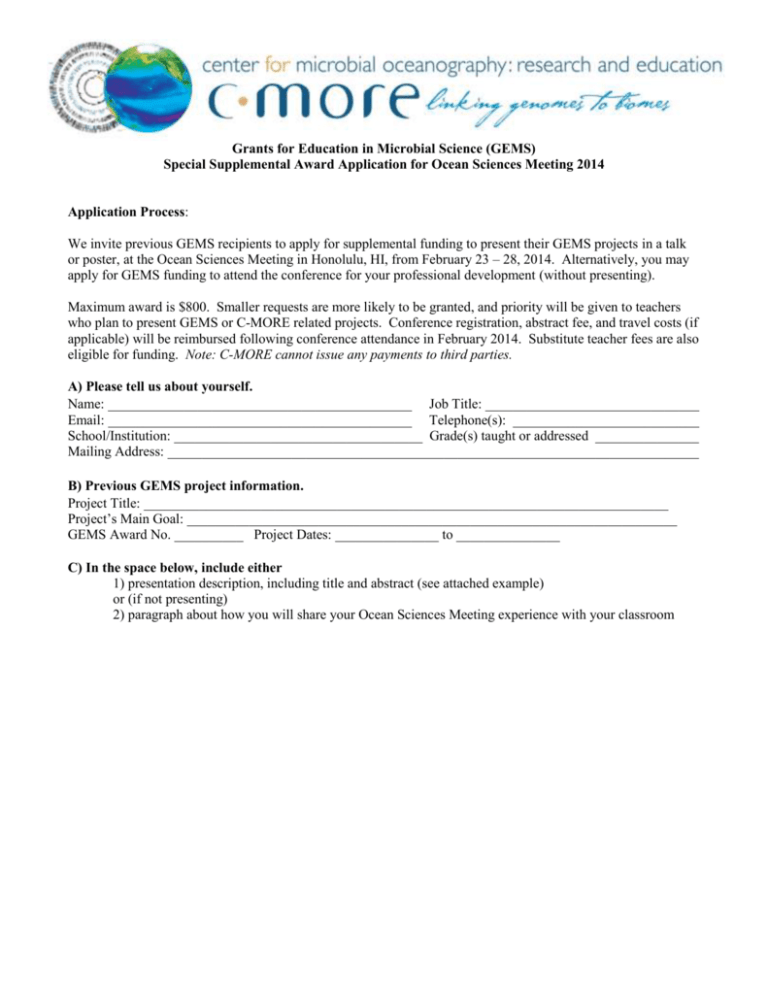
Grants for Education in Microbial Science (GEMS) Special Supplemental Award Application for Ocean Sciences Meeting 2014 Application Process: We invite previous GEMS recipients to apply for supplemental funding to present their GEMS projects in a talk or poster, at the Ocean Sciences Meeting in Honolulu, HI, from February 23 – 28, 2014. Alternatively, you may apply for GEMS funding to attend the conference for your professional development (without presenting). Maximum award is $800. Smaller requests are more likely to be granted, and priority will be given to teachers who plan to present GEMS or C-MORE related projects. Conference registration, abstract fee, and travel costs (if applicable) will be reimbursed following conference attendance in February 2014. Substitute teacher fees are also eligible for funding. Note: C-MORE cannot issue any payments to third parties. A) Please tell us about yourself. Name: ____________________________________________ Job Title: _______________________________ Email: ____________________________________________ Telephone(s): ___________________________ School/Institution: ____________________________________ Grade(s) taught or addressed _______________ Mailing Address: _____________________________________________________________________________ B) Previous GEMS project information. Project Title: ____________________________________________________________________________ Project’s Main Goal: _______________________________________________________________________ GEMS Award No. __________ Project Dates: _______________ to _______________ C) In the space below, include either 1) presentation description, including title and abstract (see attached example) or (if not presenting) 2) paragraph about how you will share your Ocean Sciences Meeting experience with your classroom D) Potential costs related to Ocean Sciences Meeting attendance. Please check the item and list the amount for which you are requesting funding, up to $800 maximum. If you are not requesting funding for item(s) on this list, please enter “$0” in the appropriate column. Item Cost Registration ($150 for full conference; $100 for one day) _____ Abstract (if presenting GEMS project; $70) _____ Substitute teacher fees* _____ Registration for students to attend (maximum of 2, $100 for one day) _____ Flight (if applicable, from neighbor islands only) _____ Other** (please specify) _____ TOTAL COST ________ * One day of fees suggested; two days may be funded upon reasonable request **For example, limited hotel funding may be available upon request for educators attending the meeting from outside of O‘ahu. E) During the Ocean Sciences Meeting, a youth poster session will be held, as an opportunity for young scientists to present their marine science projects to researchers in a supportive environment (summarized at this link: http://www.mbari.org/education/OSM2014.htm). Are you interested in entering students in this poster session? _____Yes _____ No _____ Maybe If you answered “Yes” or “Maybe,” how many students would you like to bring? ______ F) Commitment & Liability Waiver I, ______________________ (applicant), will be solely responsible for ensuring the safety of all participants, and release C-MORE of any liability. If this GEMS grant involves the purchase of equipment or supplies, I agree to train other teachers in the use of these materials and make these materials available for their use. Furthermore, I understand that any equipment or supplies are property of my institution and will remain there in the event that my employment or affiliation with that institution is terminated. I also agree to submit a one-page article (including the names of any teachers that I trained) plus photographs to post on C-MORE’s website no later than 30 days after the project is completed. All participants shown in photos must sign media release waivers. Applicant’s Signature: ______________________________________ Date: _______________________ Please email completed application with electronic signature to: gems@soest.hawaii.edu If this is not possible, you can instead (1) email unsigned application to gems@soest.hawaii.edu and (2) mail a signed hard copy to: Dr. Michele Guannel, 1000 Pope Road, Honolulu, Hawaii 96822. For application deadline dates and further information, please refer to C-MORE’s website: http://cmore.soest.hawaii.edu/education/teachers/gems.htm Sample Ocean Sciences Meeting abstract You may use the sample abstract below as a template. For additional information, please refer to 1) abstract guidelines: http://www.sgmeet.com/osm2014/abstract_guide.asp 2) education sessions in which to present: http://www.sgmeet.com/osm2014/sessionlist.asp?id=15 We especially encourage submissions that follow the Ocean Sciences Meeting theme of combining traditional knowledge and Western-based science and/or submissions that demonstrate research-based projects. Upon successful acceptance of this supplemental GEMS application, you will receive feedback on your abstract and further instructions on how to register for the conference. Priority registration and abstract submission are due Oct 4, 2013. SAMPLE ABSTRACT Title (160 characters, maximum) A NINTH GRADE CLASSROOM INVESTIGATES PLANKTON OF O‘AHU: COMPARISONS OF ZOOPLANKTON AT KAIMANA BEACH AND MAUNALUA BAY BEACH PARK Abstract (<180 words; you may modify your GEMS write-up/project description; below is a fictitious example) In Hawai‘i, exploring the ocean is part of many people’s lives, for both recreation and livelihood. Students are familiar with fish, sea turtles, and whales, but often do not know as much about the plankton that support these larger creatures. In 2010, Wilson High School’s ninth-grade science classroom investigated zooplankton in O‘ahu waters. First, students visited Moku o Lo‘e, where they learned to identify major types of zooplankton under the microscope. Back in the classroom, students discussed their observations and brainstormed hypotheses to test in waters near Honolulu, HI. Students hypothesized that zooplankton would differ between Kaimana Beach and Maunalua Bay, due to differences in human impact, with Kaimana Beach being more heavily impacted than Maunalua Bay. Students sampled the plankton at each location on the same day, and the following day identified plankton types. State health officials were consulted about the impacts on the two sites; students also documented weather conditions at the sites, for the previous week. Students discovered more chaetognaths at Maunalua Bay, but further hypothesized that rain at this site may have influenced this finding. Session 045 Sea-ing connections: Ocean science as catalyst to inspire next wave of (preK-16) scientists & keep students engaged within and outside the classroom.
